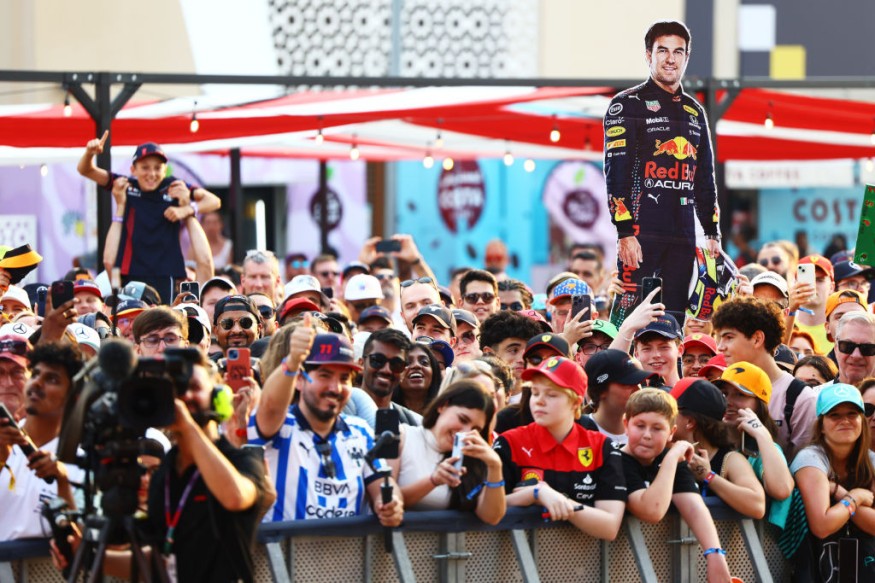
Formula One is growing into a bigger brand by the day. The sport is no longer just one about glitz and glamour and already finding audiences from different social strata.
According to F1 CEO Stefano Domenicali, league revenue increased by 24 percent from $715 million in 2022 to $887 million in 2023.
Fans are welcome to join the bandwagon.
While the media mileage of F1 is increasing, it can be hard to sometimes to keep up for new supporters. Even those who claim to be long-time fans of the race encounter terminologies that slow them down.
1. 'Formula' in Formula One
Why is it called Formula One? That is because all cars to be submitted for participation must follow a formula when building their cars. The formula was first introduced in 1946 and was officially used in F1's first season in 1950.
The formula changes over time, with the latest one being about adjustment under new aerodynamic regulations.
2. Backmarker
This term refers to the cars that are way behind in a race to the point they are lapped by cars leading the race. This does not happen all the time and sometimes lead to a collision with a leading car.
3. Bottoming
This happens when a car's underside touches the track surface, especially when it faces a sharp compression. This is possible if the car has low ride height. It can lead to loss of control and grip and dip in performance.
4. Chicane
When the race gets more intense and fans hold their breath, that is because F1 drivers met a chicane, a term practiced by urban planners, too, in designing roads.
The term refers to a sequence of tight turns in opposite directions whose main purpose is to slow down the car's speed. It also provides exciting moments in the race that brings out the skill of racers.
5. DRS
The initial stands for Drag Reduction System. It is a device first introduced to F1 in 2011. Drivers control and use this device to help them in overtaking and increase the chance of wheel-to-wheel racing. It reduces the amount of the drag and increase the car's top speed at the same time.
6. Flatspot
This happens when one of both front tyres stop rotating instead of the usual roll after the driver locks his front brakes. The tyres will instead slide longitudinally, causing severe punishment on the car's speed and performance.
7. Greentrack
Greentrack maybe favorable or unfavorable to a driver. It is when the track is used for the first time during a session. Since it is untouched by any cars, it has less grip. It has no rubber buildup, oil and grease, marbles, and debris. Cars get more grip on the track when these elements are already there after a busy day.
8. Oversteer/Understeer
Oversteering happens to a driver when the rear wheels lose grip, allowing for the back end to step out. On the other hand, understeering happens when the front wheels lose grip.
9. Point allocation
A race is not decided by just one race. Instead, drivers need to accumulate points.
The winner of the race gets 25 points while the first runner-up gets 18. The third placer gets 15. Subsequent top-10 finishers earn 12, 10, 8, 6, 4, 2 and 1 points.
10. Pole Position and Pole Sitter
Pole position is first place on the starting grid which is awarded to the driver who has recorded the fastest lap time during the qualifying session.
Pole Sitter refers to driver who qualified for a Grand Prix in pole position.
11. Tankslapper
This is a crucial moment for drivers and the race itself. It happens when the back-end of a car steps out violently. The driver loses control and wrestles with the car to find stability.
12. Apex
Is the point in which a driver is closest to the inside corner of a turn. Usually the car comes to its slowest speed and is followed by fast acceleration exiting the turn. Hitting the apex at the right angle and speed provides a driver a faster time and less wear on their tires.
13. Benchmarking
The aspiration of engineers and drivers to attain the best results/times within a given category.
Related article : Understanding the F1 Sprint Shootout
© Copyright 2025 Sports World News, All rights reserved. Do not reproduce without permission.










